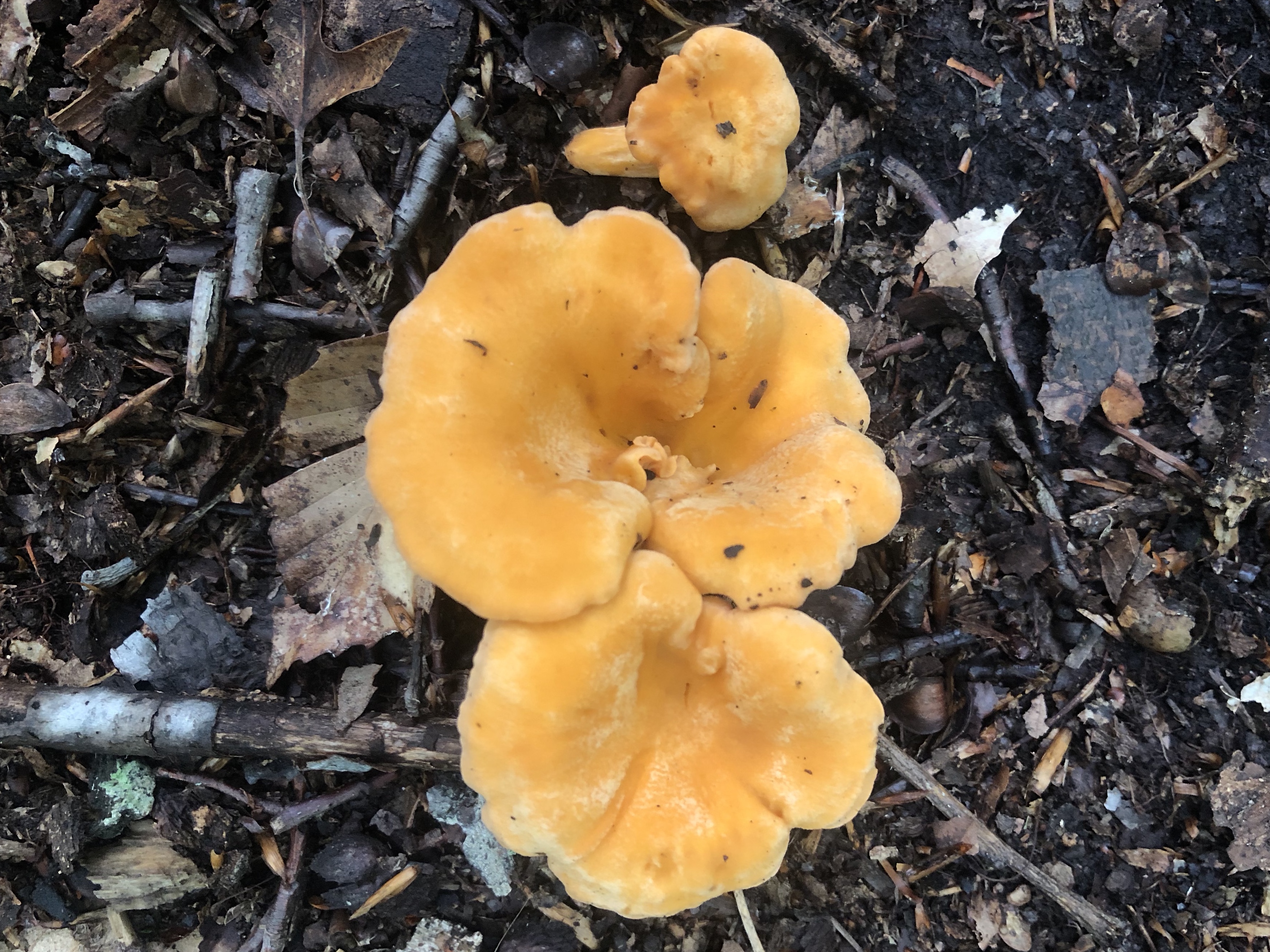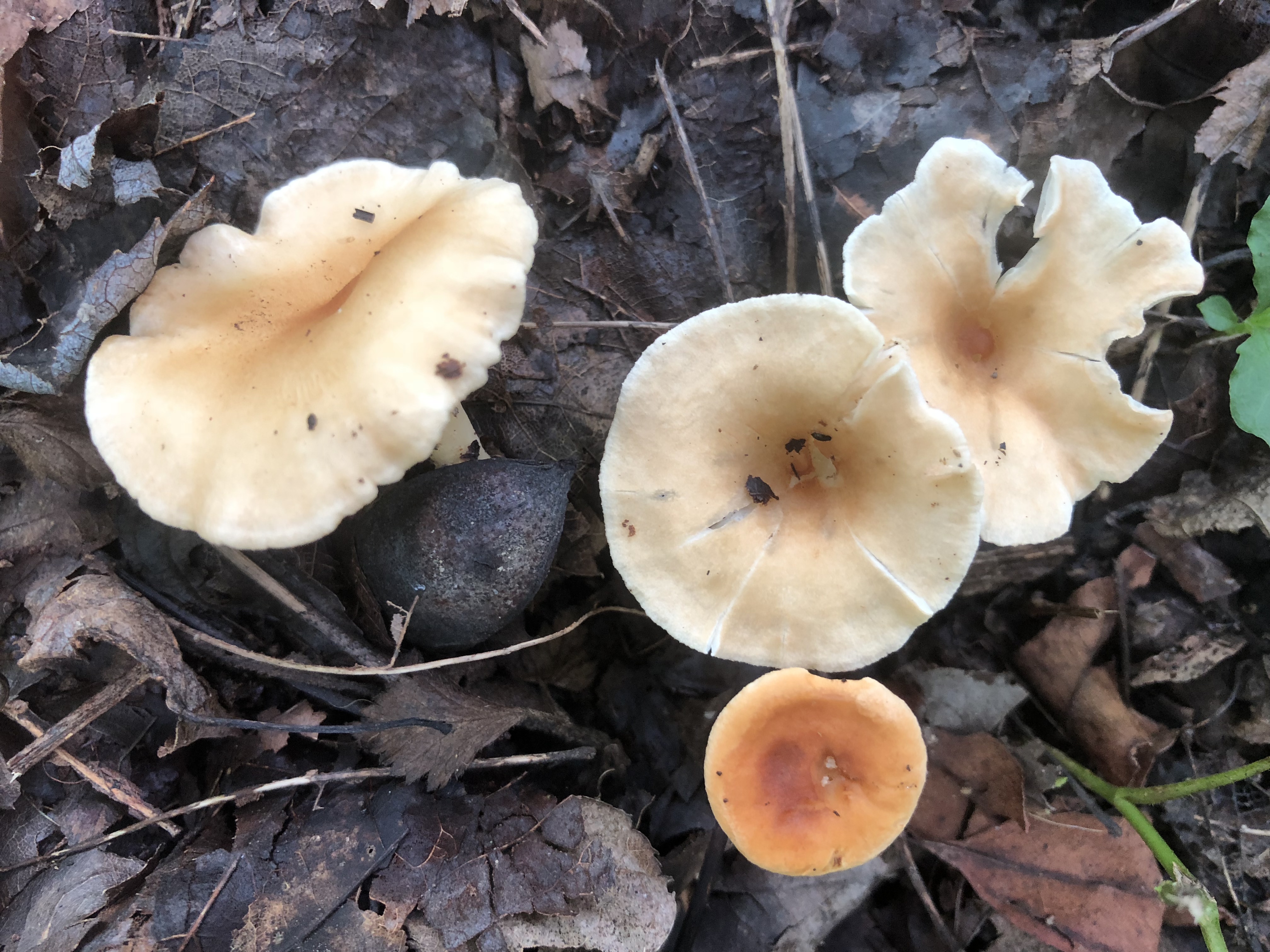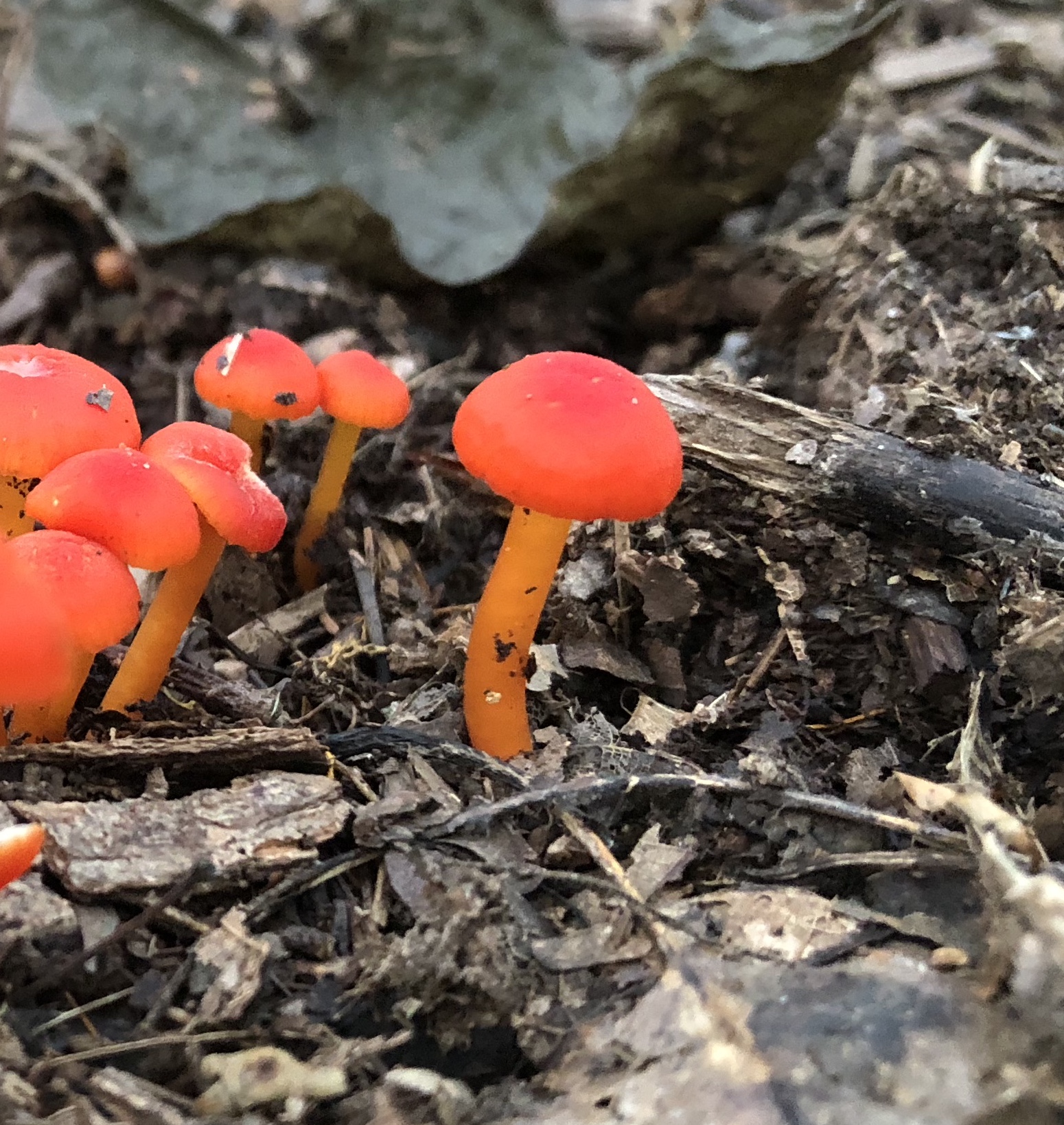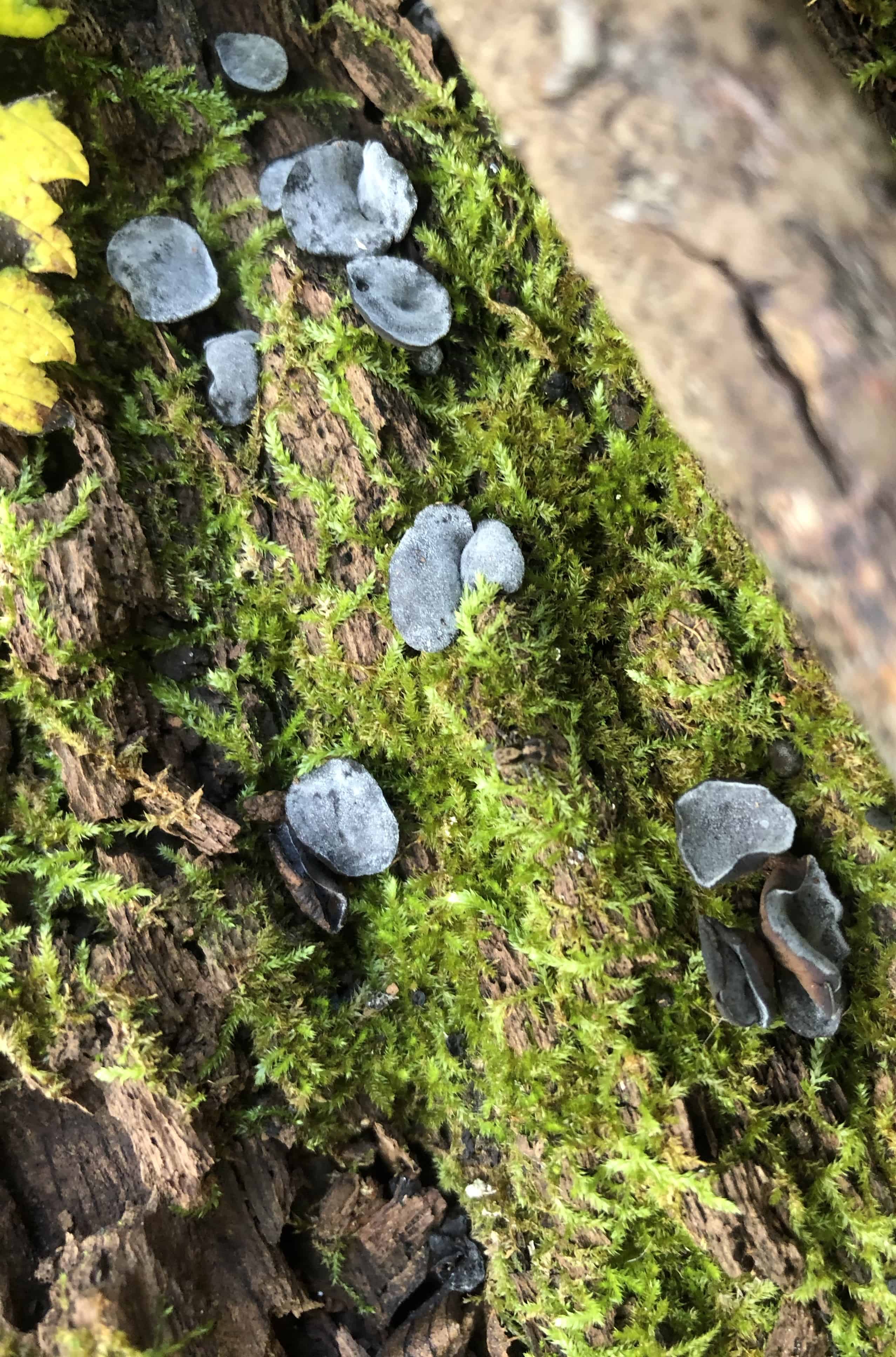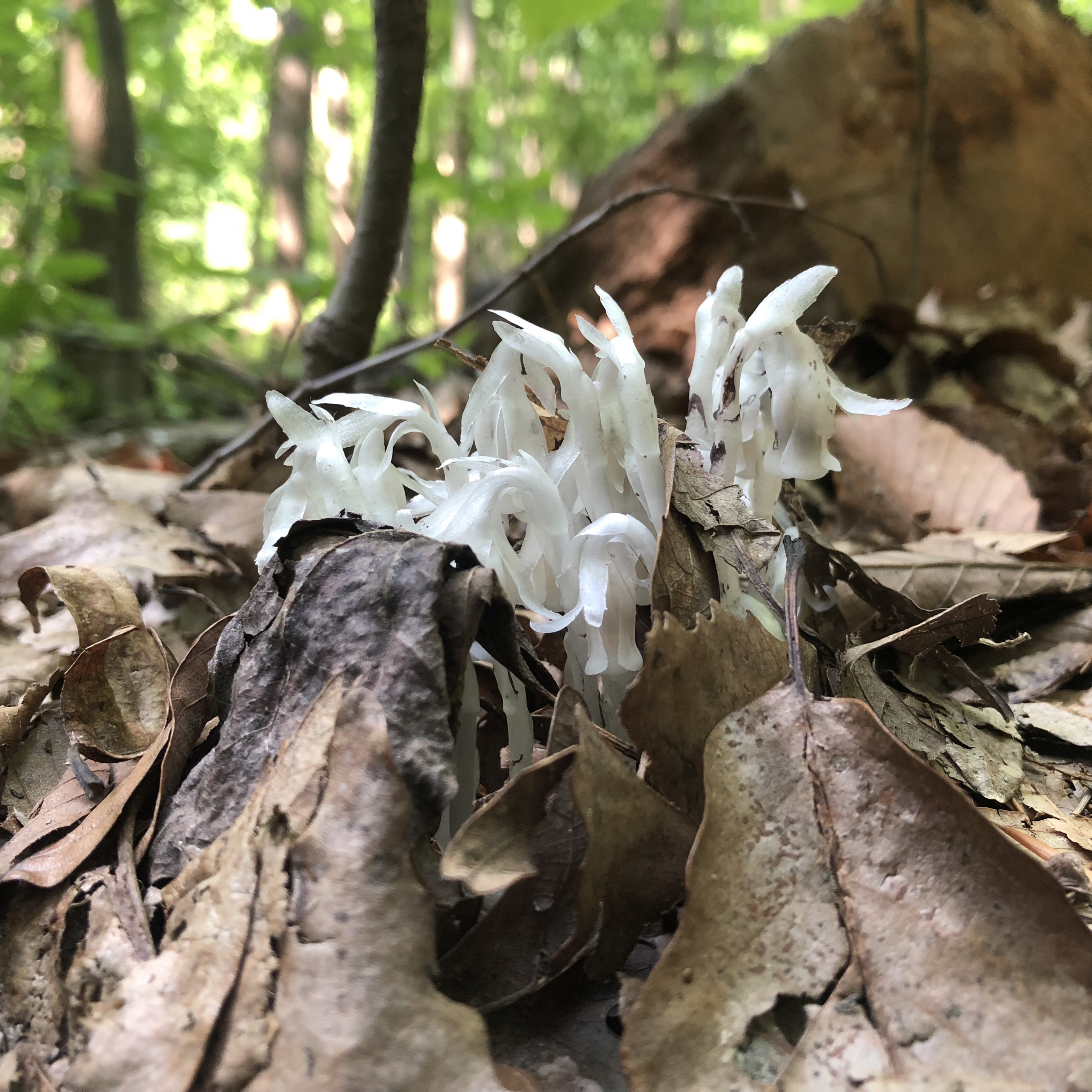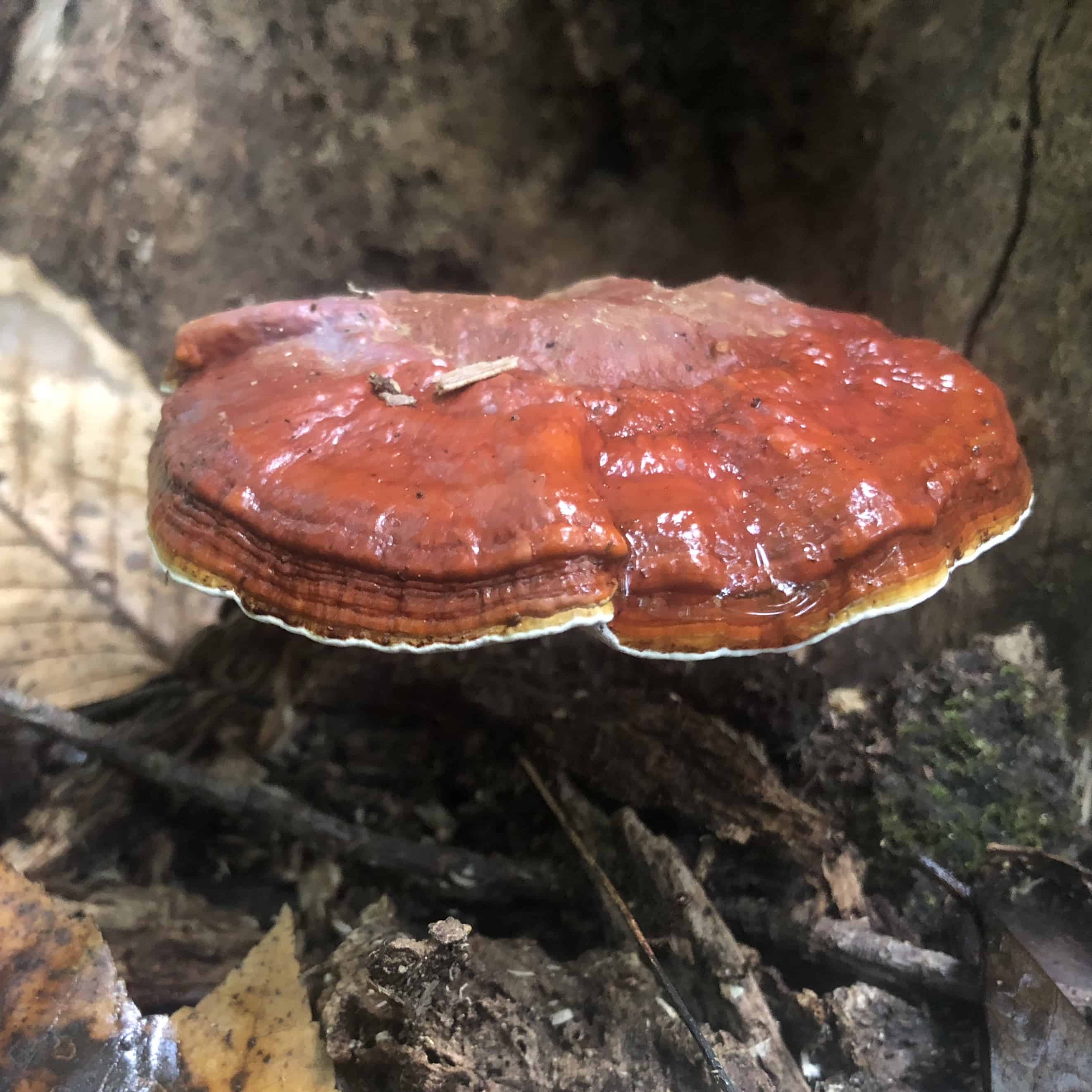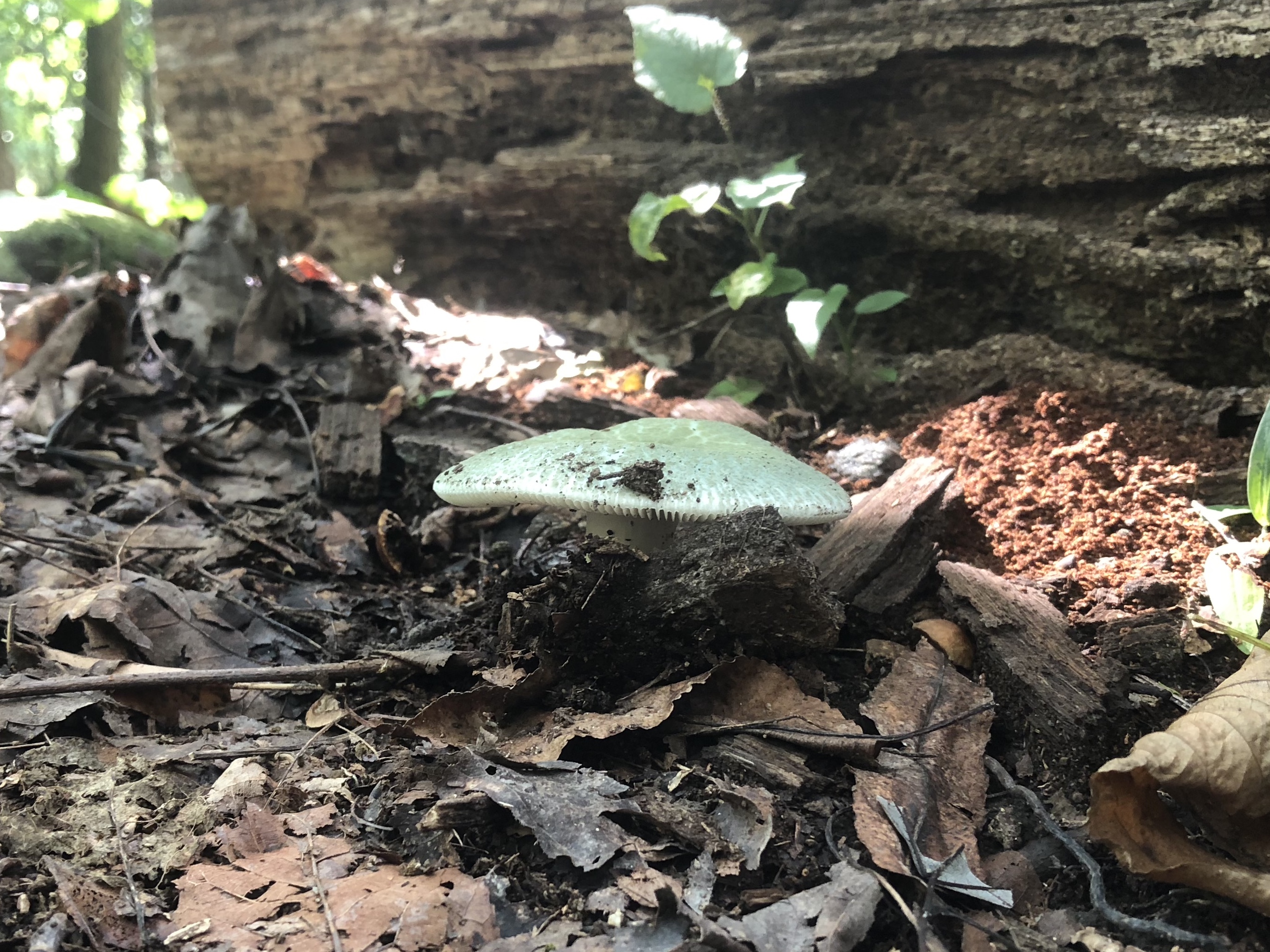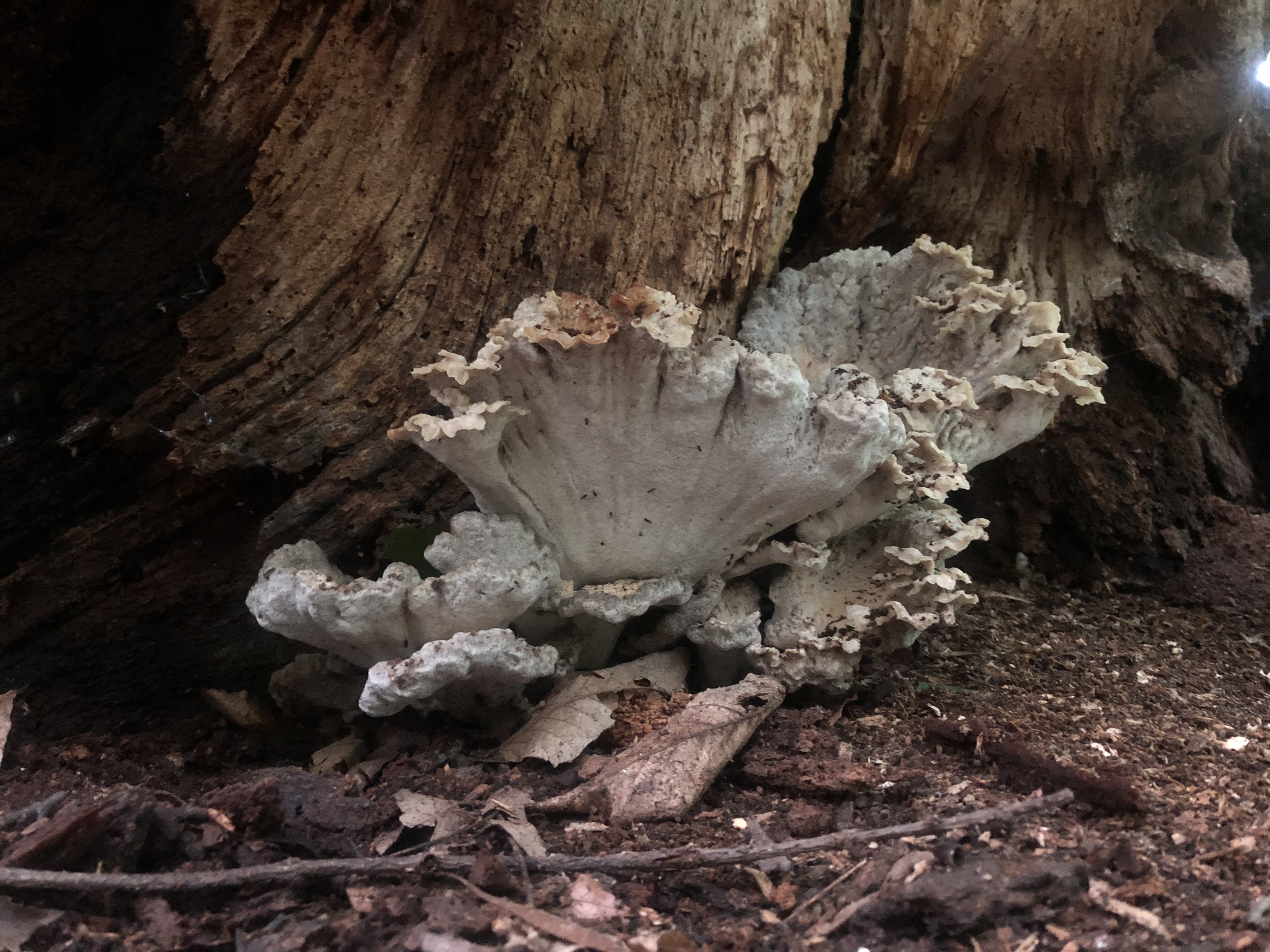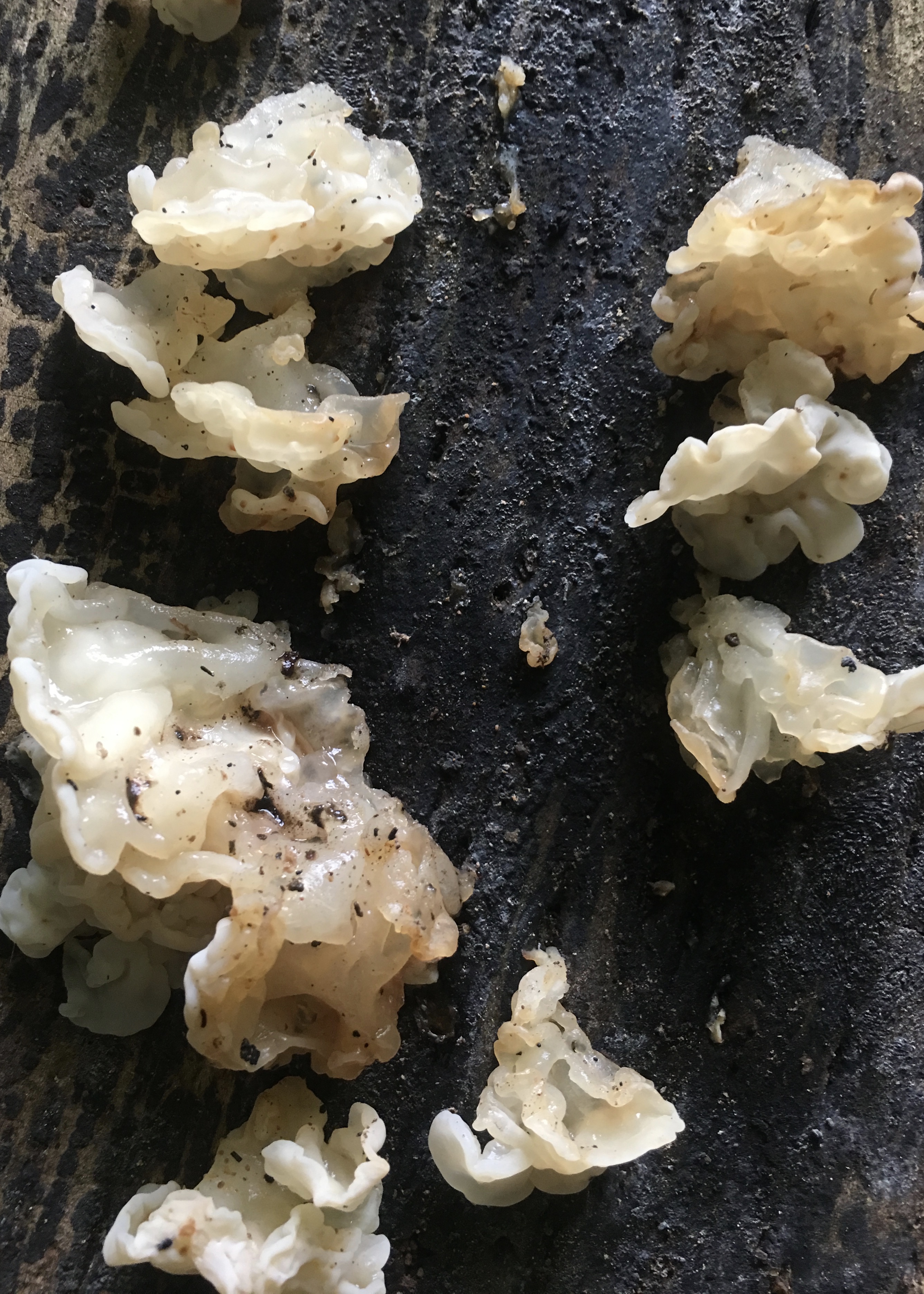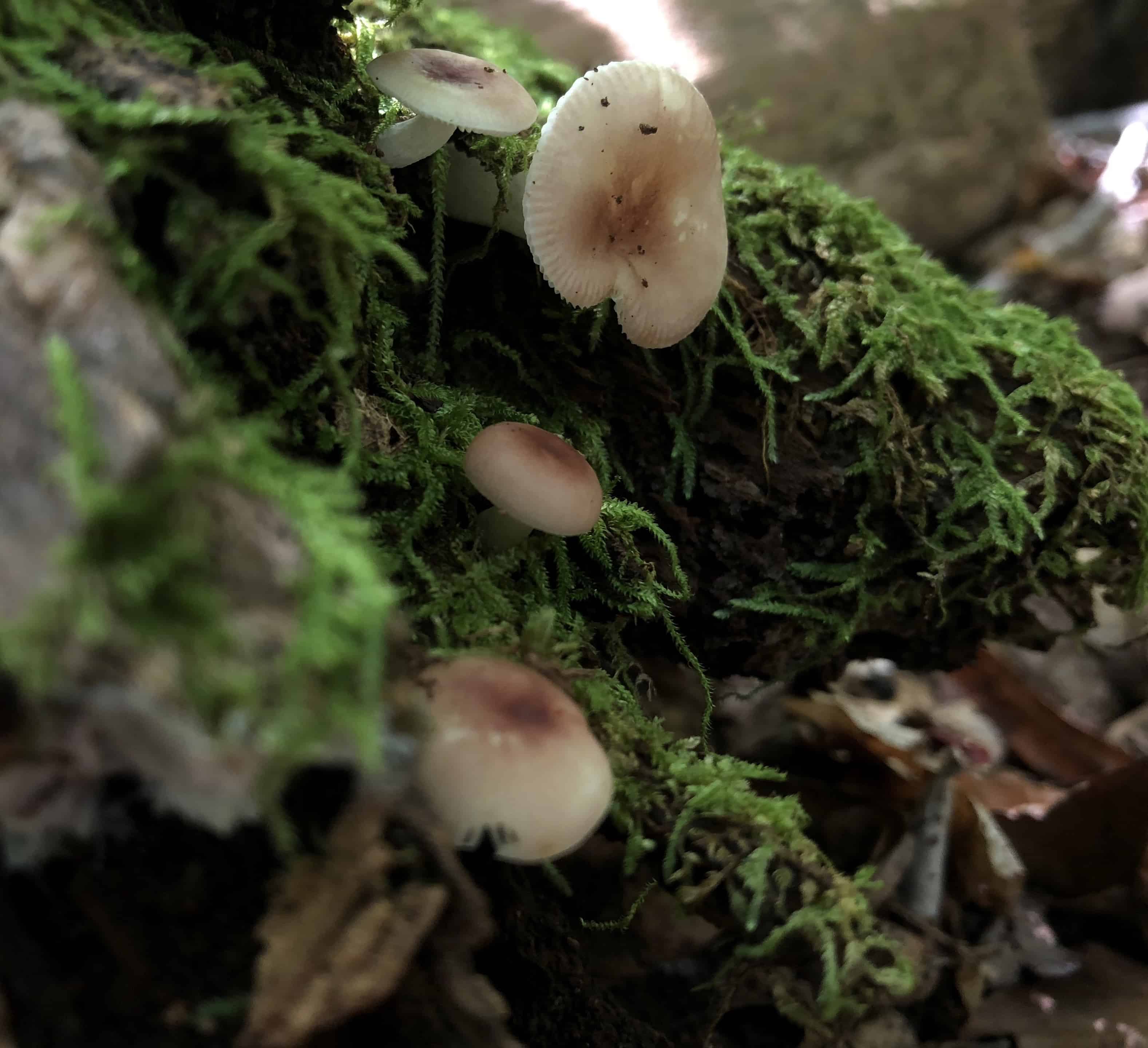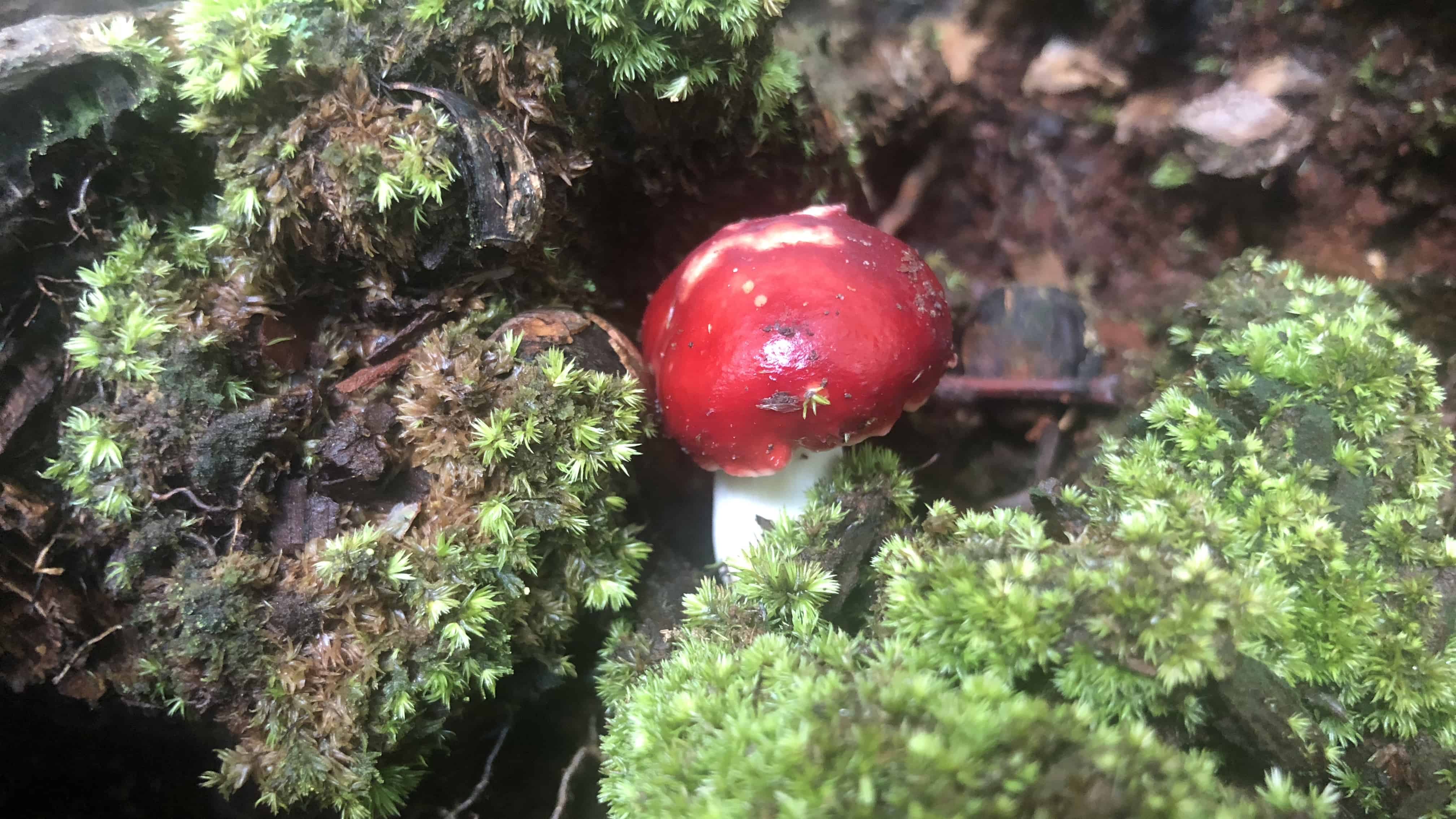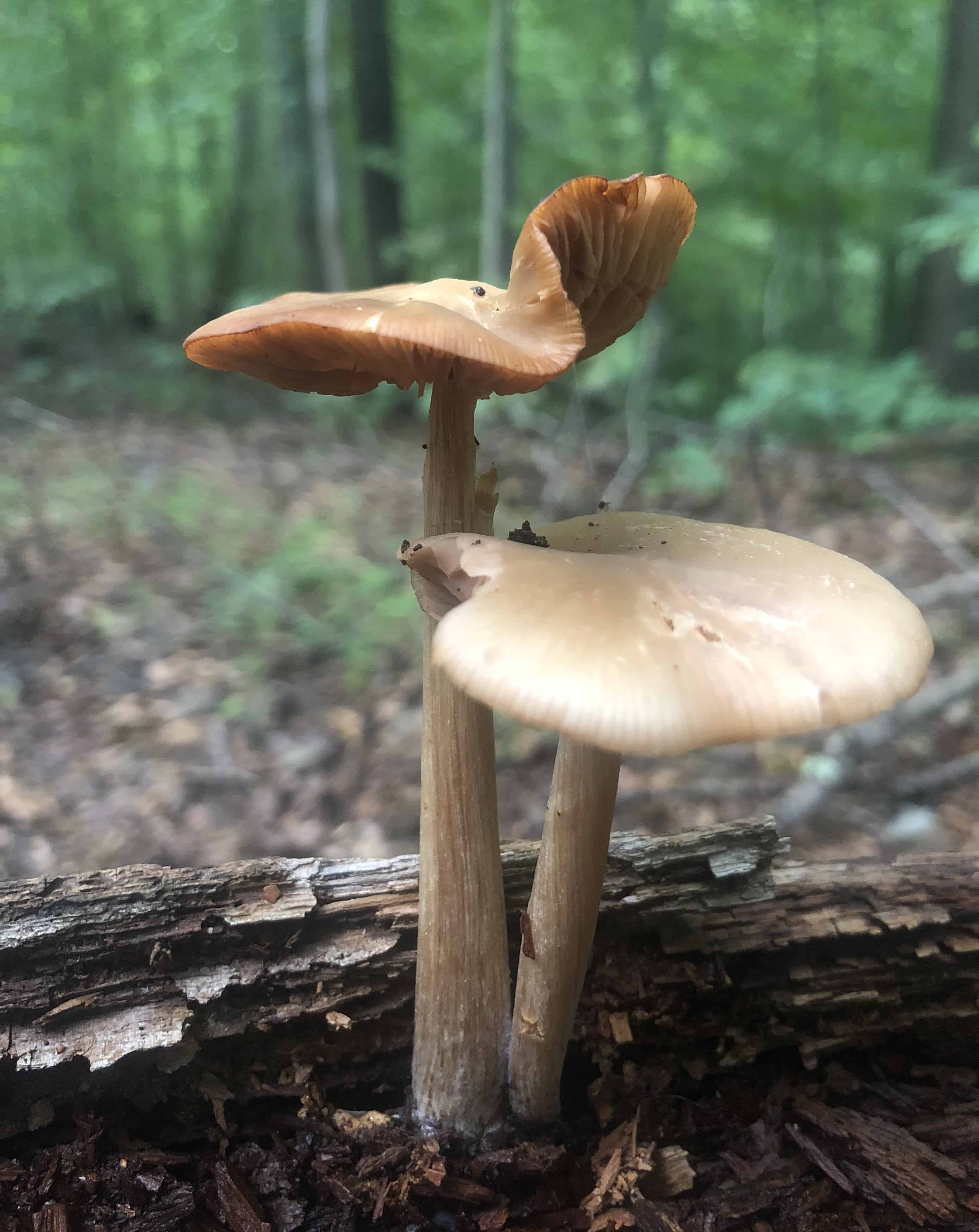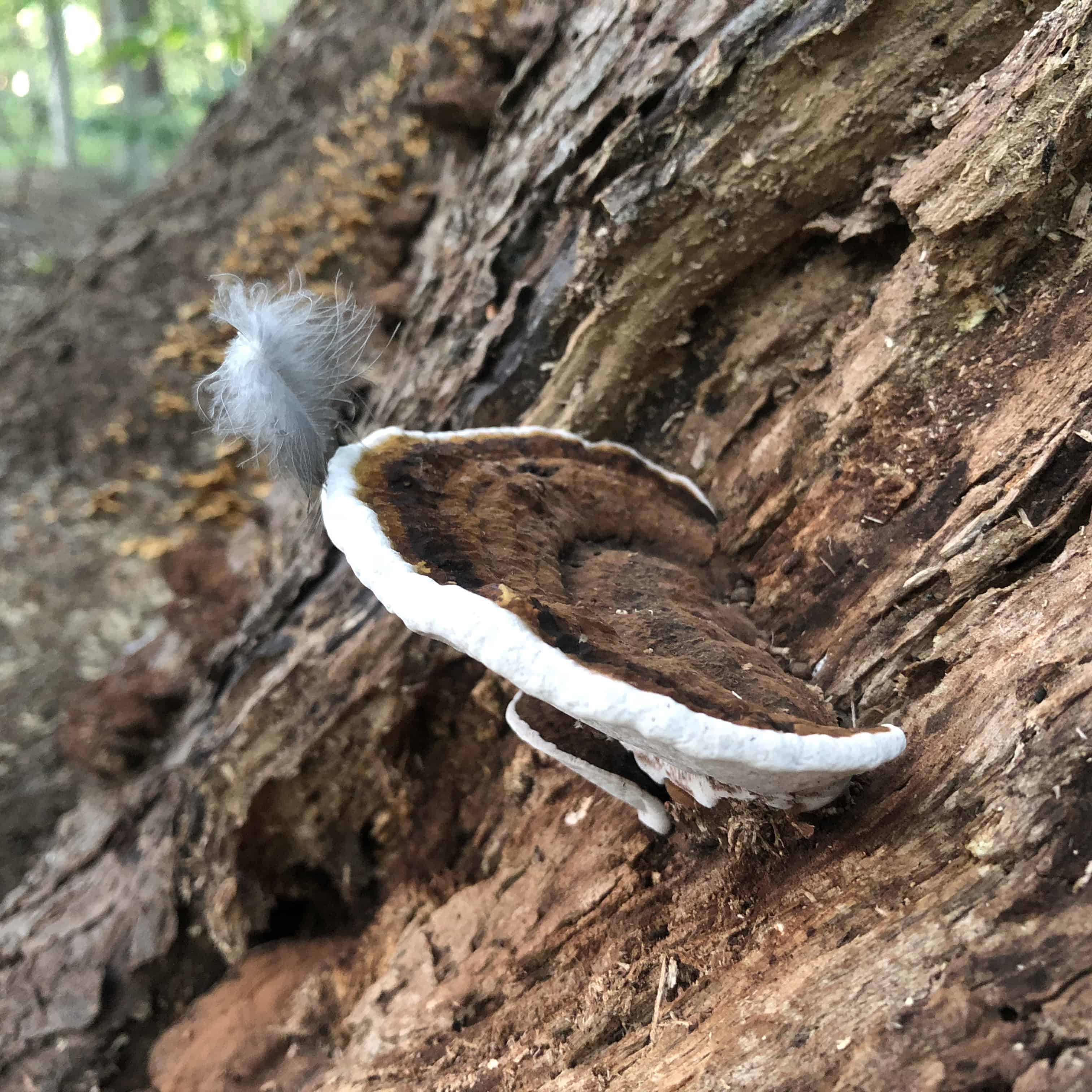Ever wonder whether fungi on your tree is a good or bad thing? Here's a little insight. There are basically three ways forest fungi survive. Mycorrhizal fungi are partners with the trees. They provide the tree water and nutrients in return they receive sugars from the trees’ ability to photosynthesize. Others are saprophytic and live on dead organic matter, helping it to decompose and eventually turn back into soil. Some fungi are parasites. They live on a host and they cause irreparable damage. If you see fungi growing on a tree trunk or at the base of one, there is about a 30% chance that it is helping tree and not an indication of decay or decline.

Fungi is a natural part of the forest and plant life growing process. Some fungi provide food for people. About 70000 fungi have been identified and scientists estimate that there could be up to 5.1 million fungal species. That is why it is imperative to really know what you are doing before you eat any fungi found out in nature. I am not nearly knowledgable to eat any of the fungi that I photograph, but I love finding new fungi and adding them to my photo collection.
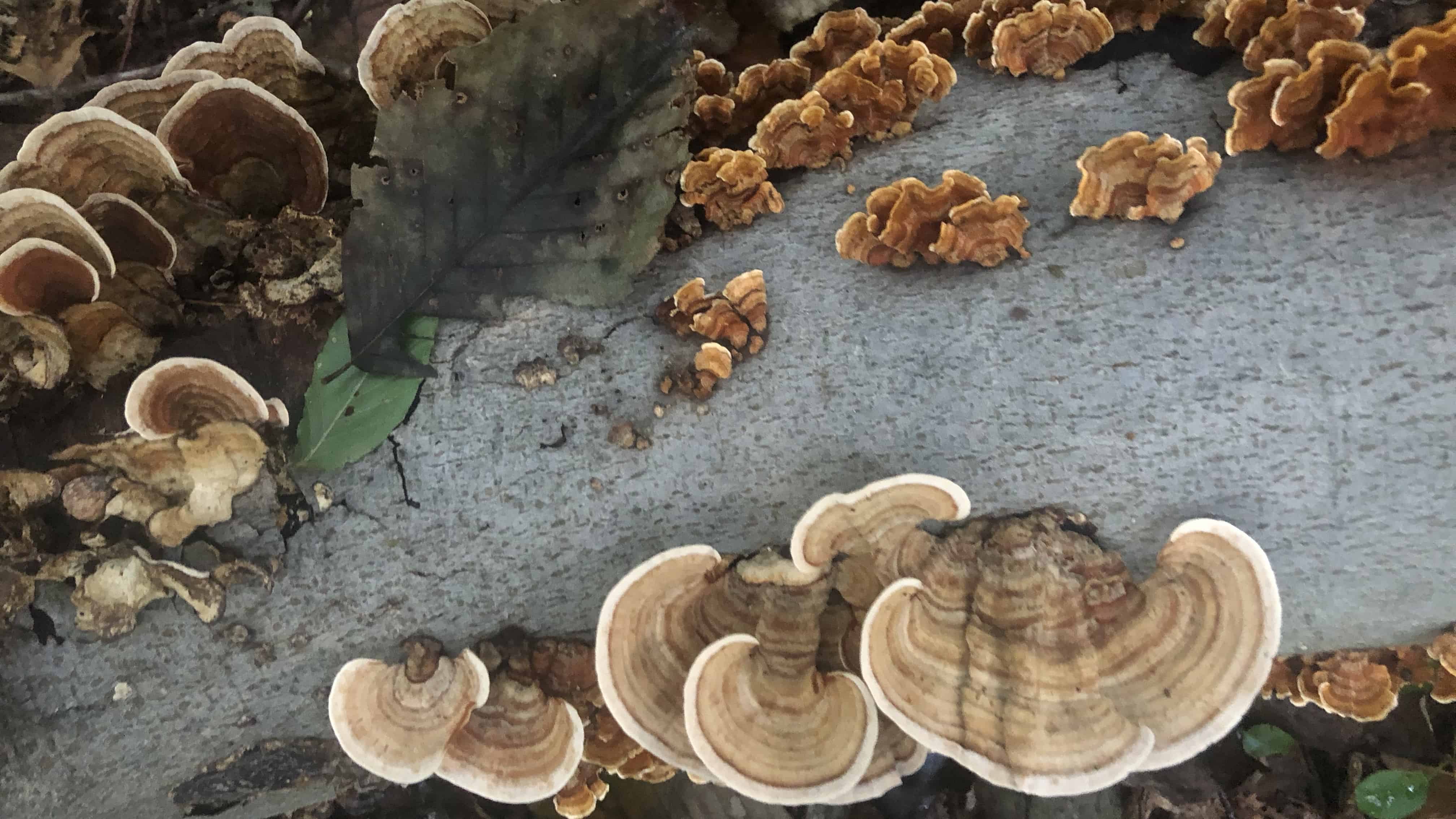
If you read my post on growth rings, you remember that only the outer several centimeters of the trunk are alive. If the fungi is on the bark and a parasite, then it could eventually cause structural damage. Speaking of growth rings, these fungi are perennial and have yearly growth rings. They produce a new layer of tissue made up of spores every year, which creates the colorful and interesting growth rings.
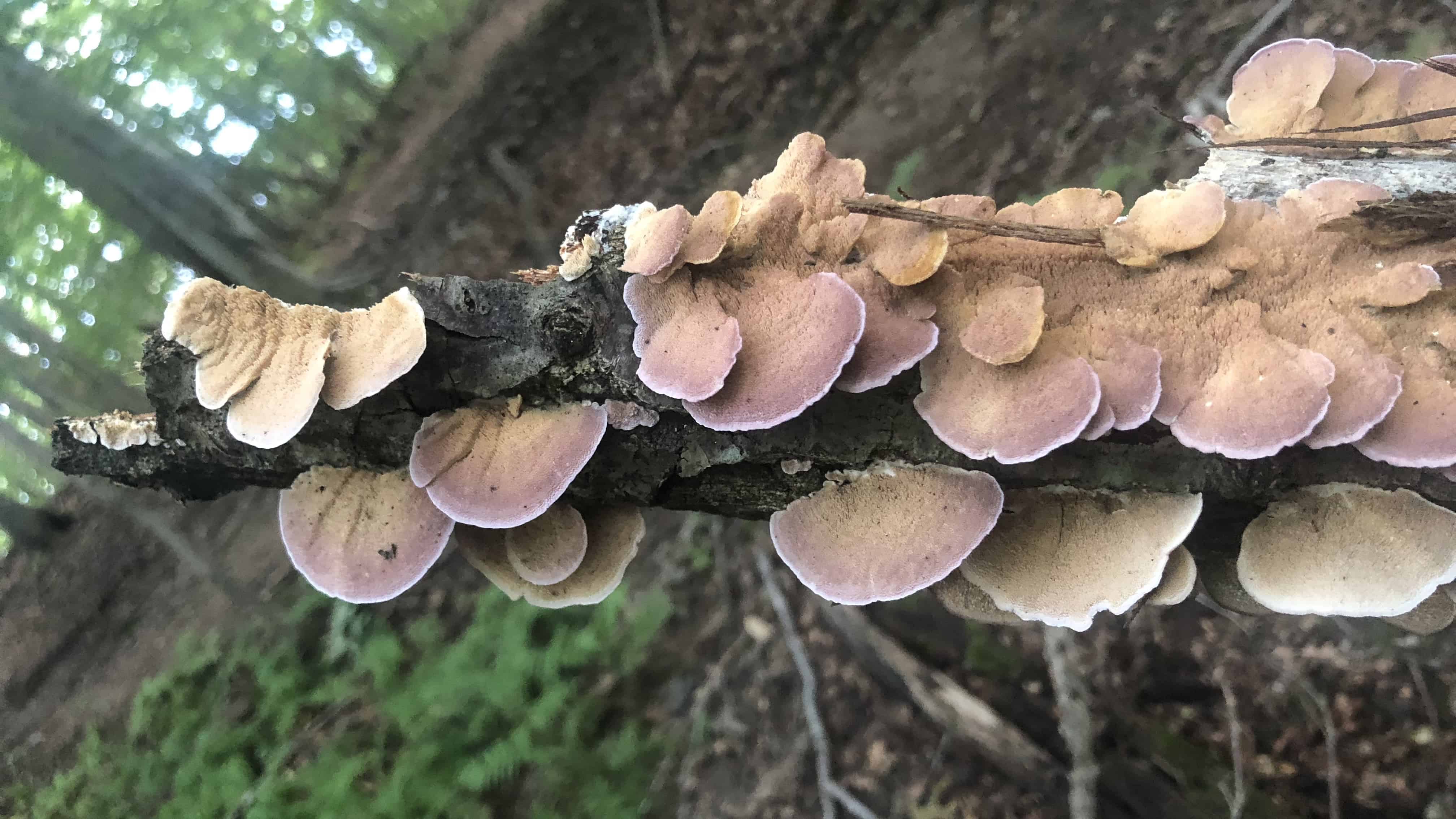
These are some of my favorite pictures of fungi. As usual, all pictures are my own and the only changes are the size of the image.
